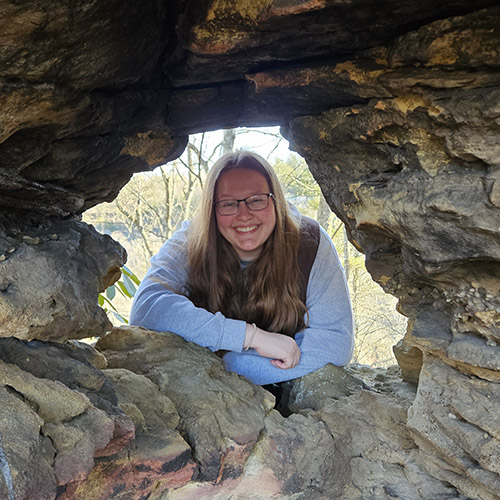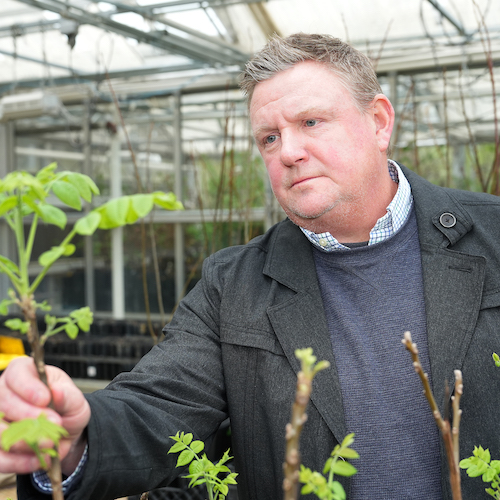The classic and trusted book "Fifty Common Trees of Indiana" by T.E. Shaw was published in 1956 as a user-friendly guide to local species. Nearly 70 years later, the publication has been updated through a joint effort by the Purdue Department of Forestry and Natural Resources, Indiana 4-H, and the Indiana Department of Natural Resources, and reintroduced as "An Introduction to Trees of Indiana."
A printed copy of the full publication is available for purchase for $7 in the Purdue Extension Education Store. The field guide helps identify common Indiana woodlot trees.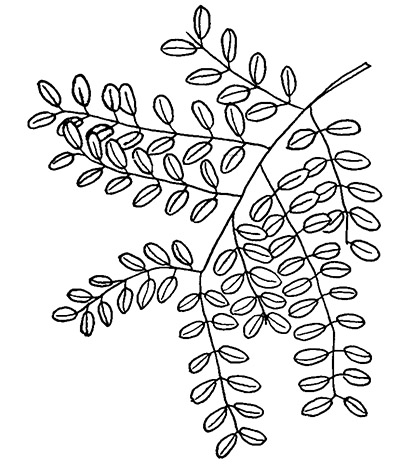
Each week, the Intro to Trees of Indiana web series will offer a sneak peek at one species from the book, paired with an ID That Tree video from Purdue Extension forester Lenny Farlee to help visualize each species as it stands in the woods. Threats to species health as well as also insight into the wood provided by the species, will be provided through additional resources as well as the Hardwoods of the Central Midwest exhibit of the Purdue Arboretum, if available.
This week, we introduce the honey locust or Gleditsia triacanthos.
This tree, also called “thorn-tree,” has multi-pronged thorns of two inches or more in length, which occur on the trunk as well as on the limbs and twigs. Honey locust can be found with doubly compound leaves with very small oval leaflets arranged alternately on the main leaf stem, or it can have singly compound leaves with very small leaves on a straight stem. Leaves produces a bright yellow fall color.
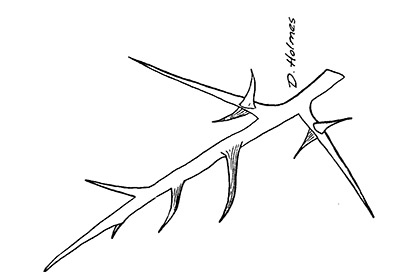 The bark is tight and red-brown on young trees and features gray-brown scaly strips on older trees. The fruit of the honey locust is a wavy, glossy brown flat pod that reaches lengths of between eight inches and one foot and curl or twist at maturity. These pods, which contain several seeds, are held on the tops of the trees and are highly favored by wildlife.
The bark is tight and red-brown on young trees and features gray-brown scaly strips on older trees. The fruit of the honey locust is a wavy, glossy brown flat pod that reaches lengths of between eight inches and one foot and curl or twist at maturity. These pods, which contain several seeds, are held on the tops of the trees and are highly favored by wildlife.
Honey locusts grow 70 to 80 feet tall.
According to the Hardwood Lumber and Veneer Series, honey locusts naturally occur from central Pennsylvania east to Nebraska, south through east Texas and back to central Alabama and up the west side of the Appalachian Mountains. Urban tree planting of a thornless, podless variety of the species has greatly expanded its range eastward.
Hard thorns of younger trees were once used as nails and the wood was used to make treenails for shipbuilding.
Since saw log quality trees are not abundant, the species is not often traded on the wholesale market. Due to its durability, the species has been used for posts and rails, and also has frame stock in upholstered frames. Much of the wood likely ends up as pallets due to a lack of an established market. However, highly valued uses are for custom furniture, cabinets, millwork and flooring because of the attractive figure and color.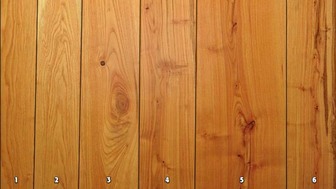
This wood has density and mechanical properties similar to red oak, weighing 46.8 pounds per cubic foot, and shares a similar grain pattern to red oak. Unfinished heartwood Is pink and sapwood is white. Due to these facts, it could be substituted for many of the domestic and industrial applications for red oak.
According to the Morton Arboretum, the honey locust prefers moist, well drained soil, but can tolerate alkaline soil, clay soil, dry sites, occasion flooding, wet sites and road salt. A wide range of diseases and pests can affect this tree, including honey-locust plant bug, spider mites, leaf spots and canker diseases.
Other Resources:
Hardwoods of the Central Midwest: Honey Locust
Hardwood Lumber and Veneer Series: Honey Locust
Morton Arboretum: Honey Locust
Fifty Trees of the Midwest app for the iPhone, The Education Store
Native Trees of the Midwest, The Education Store
Shrubs and Woody Vines of Indiana and the Midwest, The Education Store
Investing in Indiana Woodlands, The Education Store
Forest Improvement Handbook, The Education Store
ID That Tree, Purdue Extension-Forestry & Natural Resources (FNR) YouTube playlist
Woodland Management Moment , Purdue Extension-FNR YouTube playlist
